Boulevard Park, Seattle, northwestern Washington: Cheryl Moorehead, Bugwood.org, CC BY 3.0, via Forestry Images @ https://www.forestryimages.org/browse/detail.cfm?imgnum=5191039&
Mount Hijiri, Chūbu region, central Honshū island, Japan: Kumaapr9, CC BY SA 3.0, via Wikimedia Commons @ https://commons.wikimedia.org/wiki/File:Torikabuto_01.jpg
Essential oil extracted from Geranium macrorrhizum is named Zdravets (zdrave "health") in Bulgaria.: Hardyplants at English Wikipedia, Public Domain, via Wikimedia Commons @ https://en.wikipedia.org/wiki/File:Geranium_macrorrhizum_flowers.jpg
New World plant native to Appalachian areas of Pennsylvania, south into Maryland, North Carolina, and Tennessee.: DM (dmott9), CC BY-ND 2.0, via Flickr @ https://www.flickr.com/photos/dmott9/3553614344/
Tardiana hostas (Hosta x tardiana) number among the hostas that are slug resistant.: Ed (Goosefriend), CC BY 2.0, via Flickr @ https://www.flickr.com/photos/gooseotter/4781606547/
The odor of plants in the Allium genus is repugnant to slugs.: Gail Frederick, CC BY 2.0, via Flickr @ https://www.flickr.com/photos/galfred/525467177/
J.T. Wall is credited with first valid description of Helleborus x nigercors, published in Gardeners' Chronicle in 1934.: Kenpei, CC BY-SA 3.0, via Wikimedia Commons @ https://nl.wikipedia.org/wiki/Bestand:Helleborus_x_nigercors_Valentine_Green1.jpg
Slugs like tomatoes.: Maryland Pride, CC BY SA 3.0, via Wikimedia Commons @ https://en.wikipedia.org/wiki/File:Maryland_Great_Grey_Slug.jpg
Grapeview, Mason County, west central Washington: Christine Majul (photogirl7.1), CC BY-SA 3.0, via Flickr @ https://www.flickr.com/photos/kitkaphotogirl/2897348352/
Hardy to zone 5, Hosta ventricosa flowers from July to July and is not frost tender.: Tadesse, CC BY-SA 2.0 DE, via Wikimedia Commons @ https://commons.wikimedia.org/wiki/File:Hosta_ventricosa1Tadesse.jpg
dandelion field in the Netherlands: Rene Mensen (Alias 0591 from the Netherlands), CC BY 2.0, via Wikimedia Commons @ https://commons.wikimedia.org/wiki/File:Field_of_dandelions_(5659006546).jpg


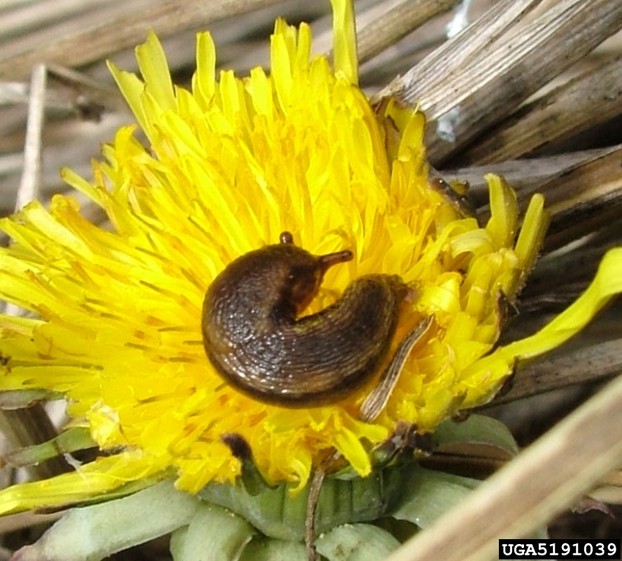
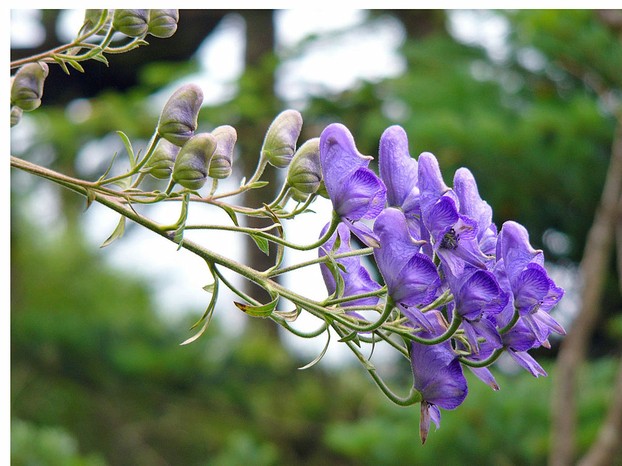
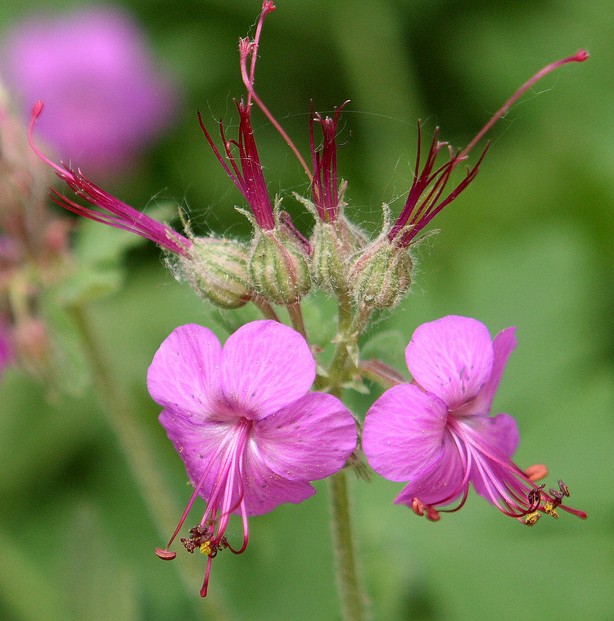
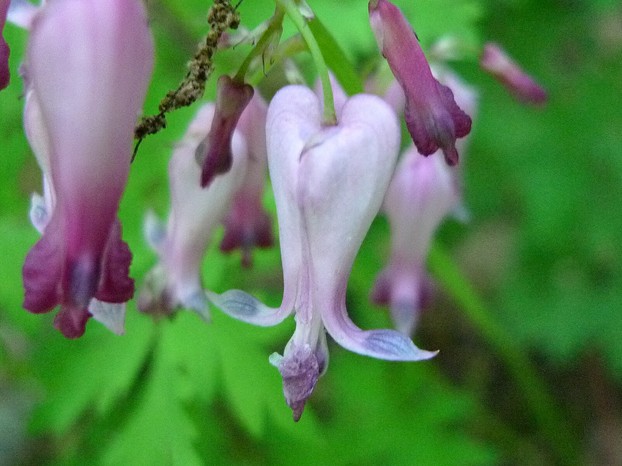
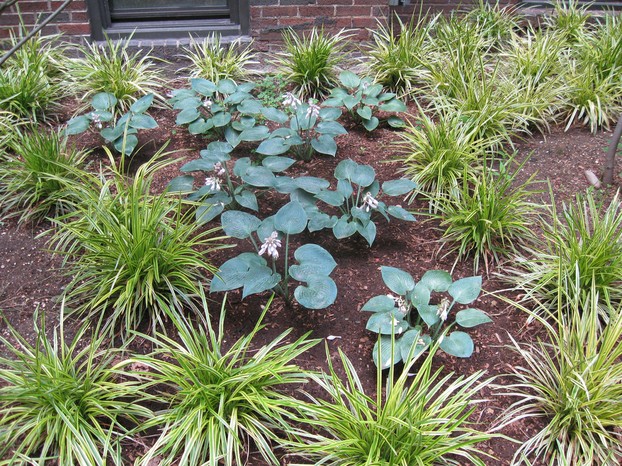
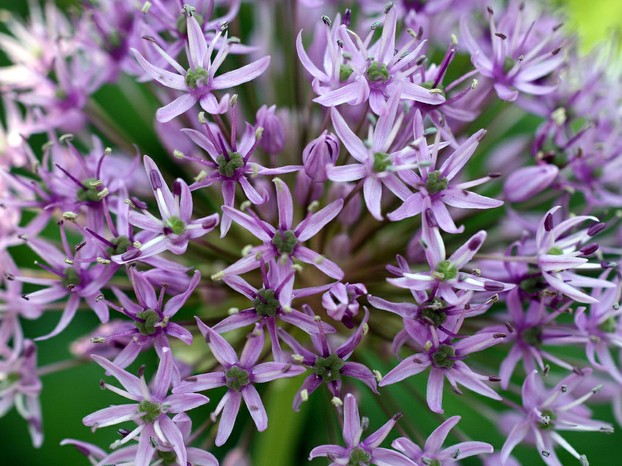
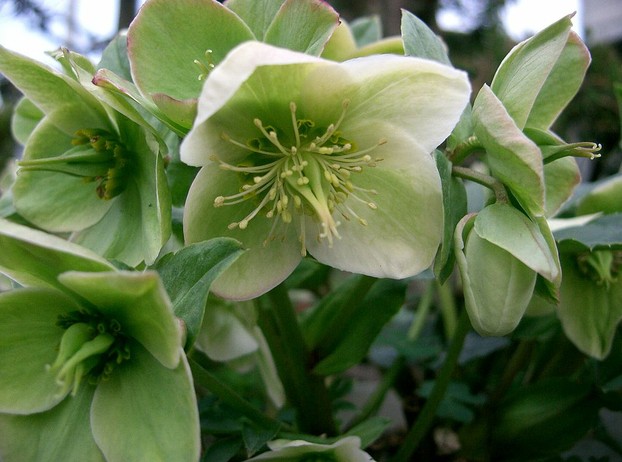
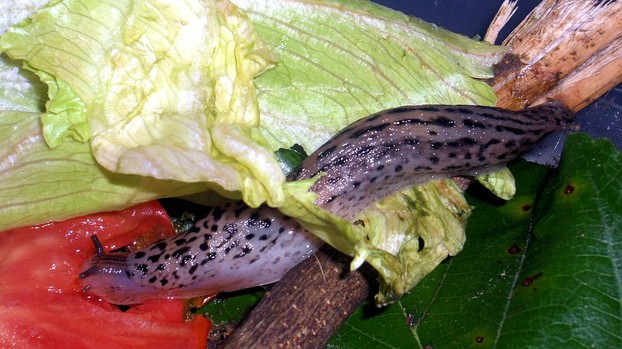
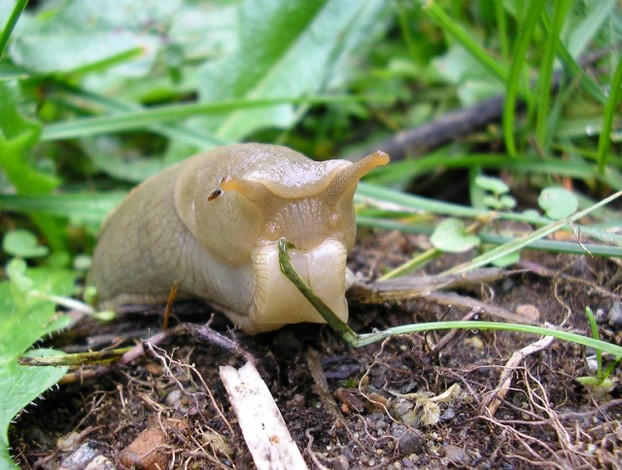
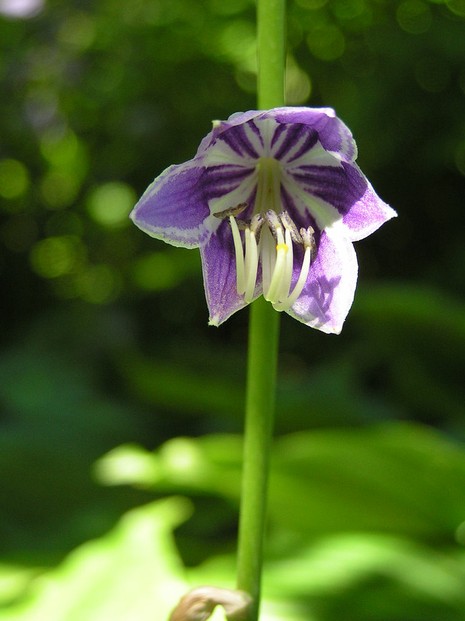
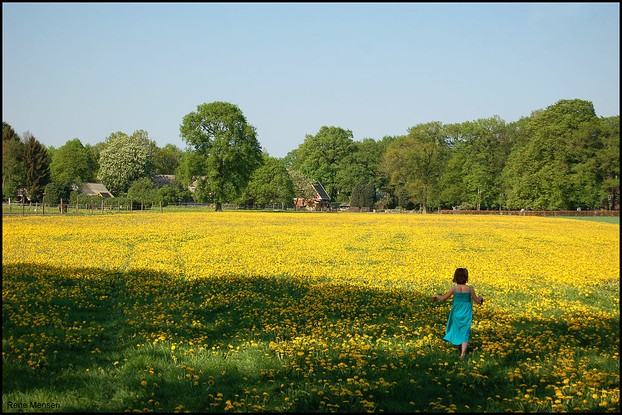




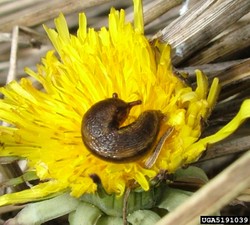

 Mailing Addresses for 2023 Form 4868 Extending 1040 and 1040SR April 15, 2024, Due Date9 days ago
Mailing Addresses for 2023 Form 4868 Extending 1040 and 1040SR April 15, 2024, Due Date9 days ago
 Mailing Addresses for 2023 Forms 1040 and 1040SR Filed in 20249 days ago
Mailing Addresses for 2023 Forms 1040 and 1040SR Filed in 20249 days ago
 Mailing Addresses for 2022 Form 4868 Extending 1040 and 1040SR April 18, 2023, Due Dateon 04/13/2023
Mailing Addresses for 2022 Form 4868 Extending 1040 and 1040SR April 18, 2023, Due Dateon 04/13/2023
 Mailing Addresses for 2022 Forms 1040 and 1040SR Filed in 2023on 04/13/2023
Mailing Addresses for 2022 Forms 1040 and 1040SR Filed in 2023on 04/13/2023

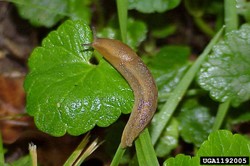
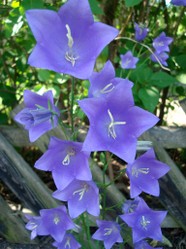
Comments